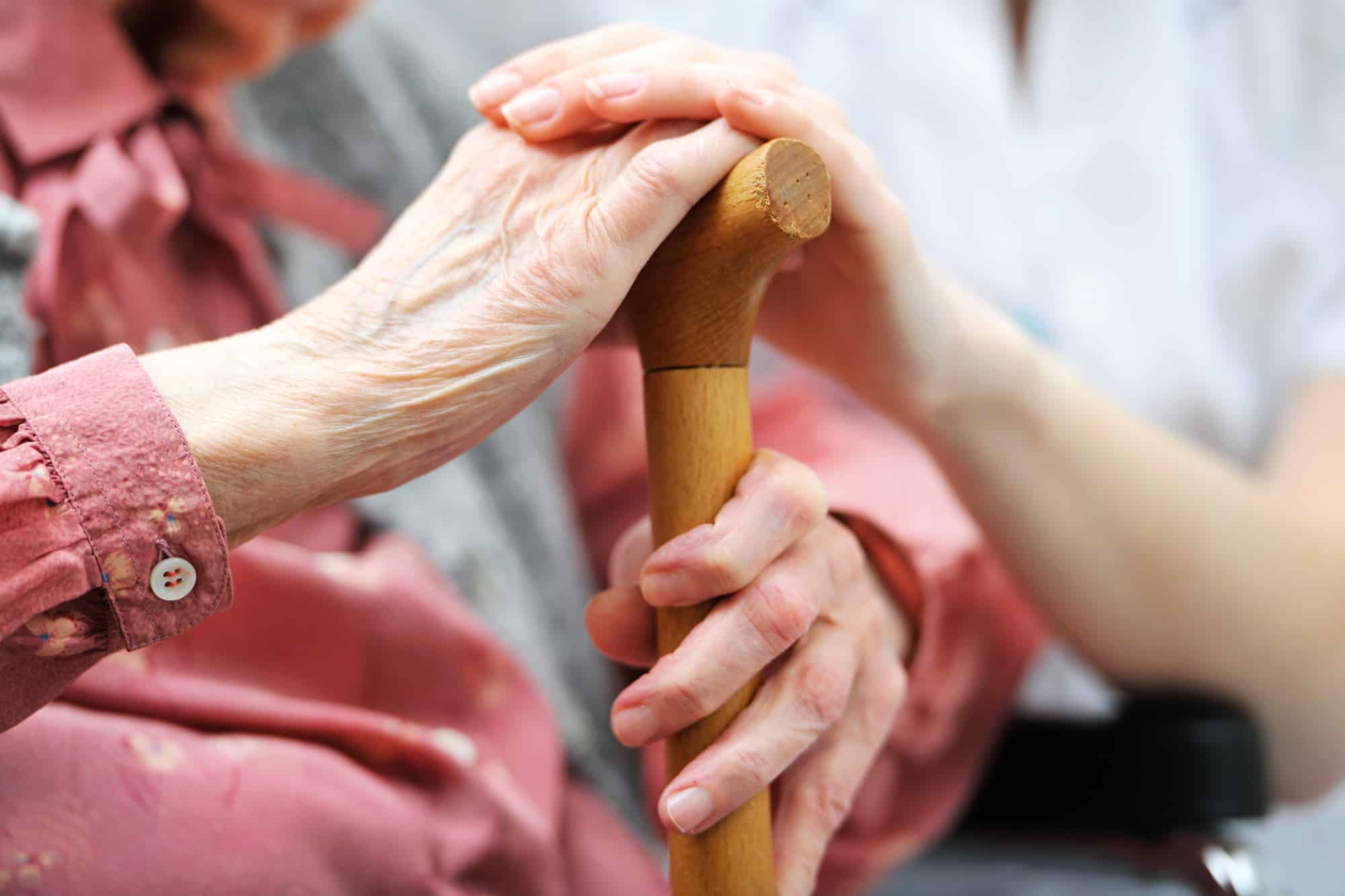Home Care Orlando: Personalized Care Solutions for Seniors
Wiki Article
Key Factors To Consider for Families When Selecting Appropriate Senior Citizen Treatment Solutions for Their Aging Loved Ones
Selecting ideal senior care options for aging relatives is a nuanced process that needs careful consideration of numerous variables. The evaluation of readily available treatment optionsâEUR" ranging from in-home support to specialized facilitiesâEUR" must be stabilized with an understanding of financial implications and safety and security issues.Assessing Person Demands

In addition, psychological and social requirements play a substantial role in the well-being of elders. An analysis ought to think about the individual's desire for social involvement, leisure activities, and support group. Household characteristics and the schedule of informal caregivers need to also be factored right into the formula, as they can affect the type of treatment that is most suitable.
Reviewing Treatment Options

At home care supplies the benefit of familiar environments and customized focus, which can enhance comfort and psychological health. Conversely, helped living centers supply a structured environment with accessibility to on-site healthcare and social activities, fostering neighborhood interaction. Assisted living home satisfy those calling for intensive clinical guidance, while grown-up daycare programs allow senior citizens to engage in social tasks throughout the day, giving break for family members caregivers.
It is essential to analyze the staff credentials, center licensing, and offered services in each choice. Additionally, households need to seek responses from current homeowners or customers and evaluate the overall reputation of the care companies. Eventually, picking the best treatment option is an essential decision that must reflect an equilibrium between the elderly's needs, security, and high quality of life.
Recognizing Prices and Budget Plan
Navigating the monetary landscape of elderly treatment can be intricate, as different alternatives featured differing prices that can dramatically affect a family members's budget. Understanding these expenses is important for family members to make informed decisions relating to care for their aging family members.Typical senior care options consist of in-home care, assisted living centers, and nursing homes, each with its own pricing framework. At home treatment commonly charges by the hour, while aided living often involves home care orlando month-to-month lease plus added service charges.
In addition, family members must assess their financial resources, consisting of insurance protection, entitlement program programs, and individual cost savings. Long-term treatment insurance coverage might cover specific solutions, which can reduce some financial burdens. Creating a detailed spending plan that describes anticipated expenditures can help families determine the most appropriate care option while guaranteeing they continue to be within their economic methods. By adequately comprehending the expenses associated with each choice, family members can much better browse this crucial aspect of elderly treatment preparation.
Ensuring Security and Security
Making sure the safety and safety of seniors is critical in any kind of treatment setup, as their vulnerability typically calls for increased focus and protective measures. Households should evaluate the physical environment of potential treatment facilities, seeking functions such as safe entrances, well-lit corridors, and easily accessible fire escape. Furthermore, the visibility of safety and security equipment, such as grab bars and non-slip floor covering, can dramatically reduce the threat of accidents.
Background checks on employees also make certain that homeowners are cared for by reliable individuals. Keeping an eye on systems, individual emergency situation reaction systems (PERS), and drop detection tools give peace of mind for family members and instant assistance for elders.
Lastly, open communication channels between family members and care service providers are vital. Regular updates regarding the well-being of elders, in addition to a transparent strategy to care strategies, can cultivate count on and guarantee that safety remains a main emphasis in the treatment offered. By focusing on these variables, families can make educated choices that safeguard their aging relatives.
Involving Household in Decision-Making

Family members must start by freely connecting concerning the different treatment services readily available, such as in-home treatment, helped living, or nursing facilities. It is essential to examine the particular needs of the aging loved one, including medical demands, wheelchair, and social involvement. By entailing all appropriate household participants, different point of views and understandings can be collected, resulting in even more informed choices.
In addition, family participation aids in identifying potential caretakers and establishing an assistance network. Normal household conferences can help with recurring discussions and adjustments as needs alter, permitting family members to remain responsive to the progressing situations of their enjoyed one. Ultimately, a collaborative decision-making procedure encourages a feeling of common responsibility and guarantees that the chosen treatment option lines up with the family members's vision for their aging loved one's well-being and self-respect.
Conclusion
To conclude, choosing suitable elderly treatment solutions demands a comprehensive assessment of specific requirements, offered treatment options, and connected expenses. Prioritizing security within the living environment and promoting household participation in decision-making procedures better boosts the effectiveness of care. By straightening treatment options with the aging family member's case history, psychological needs, and personal choices, households can create an encouraging network that promotes wellness and dignified living for their enjoyed ones in their later years.Report this wiki page